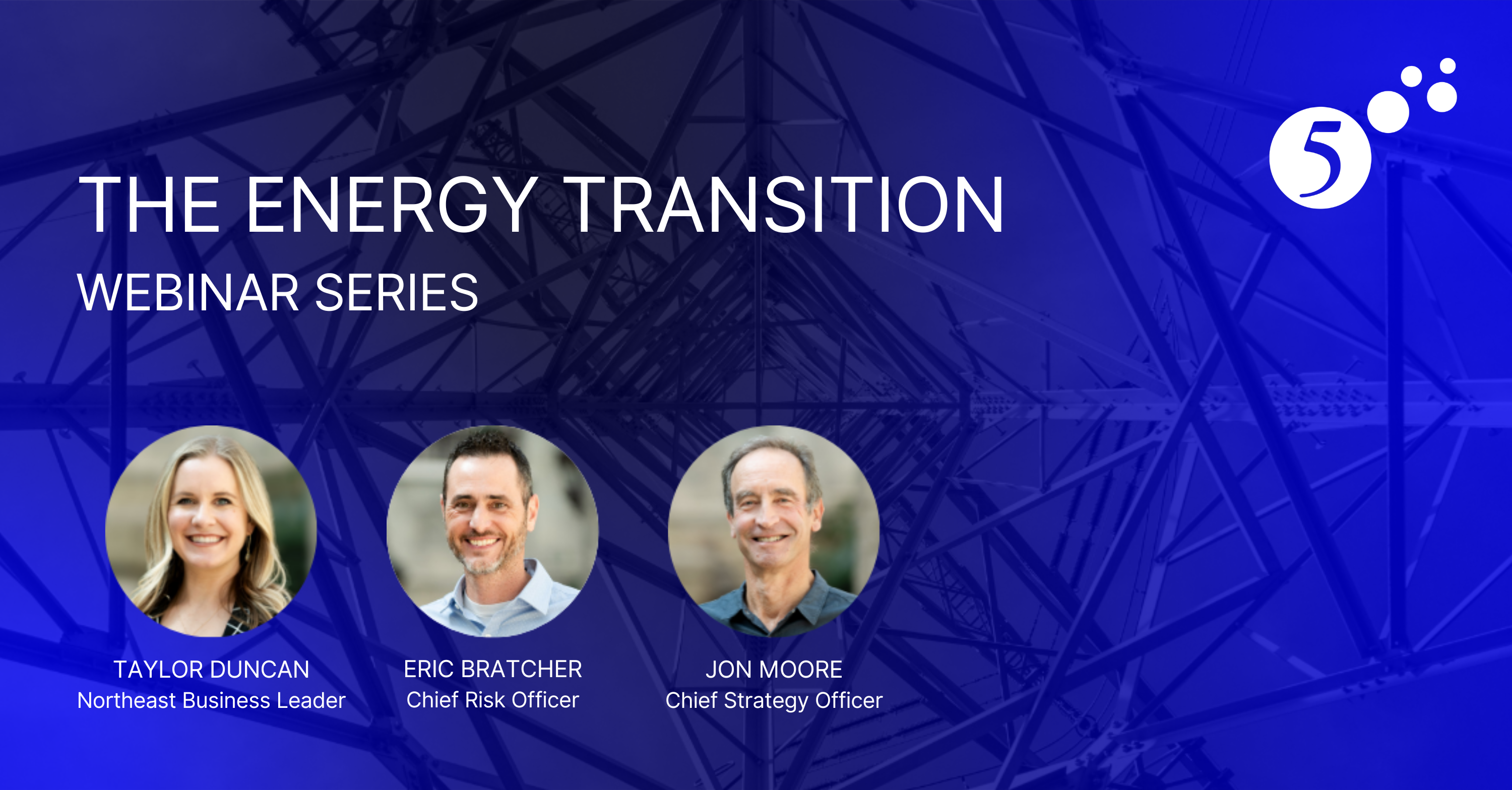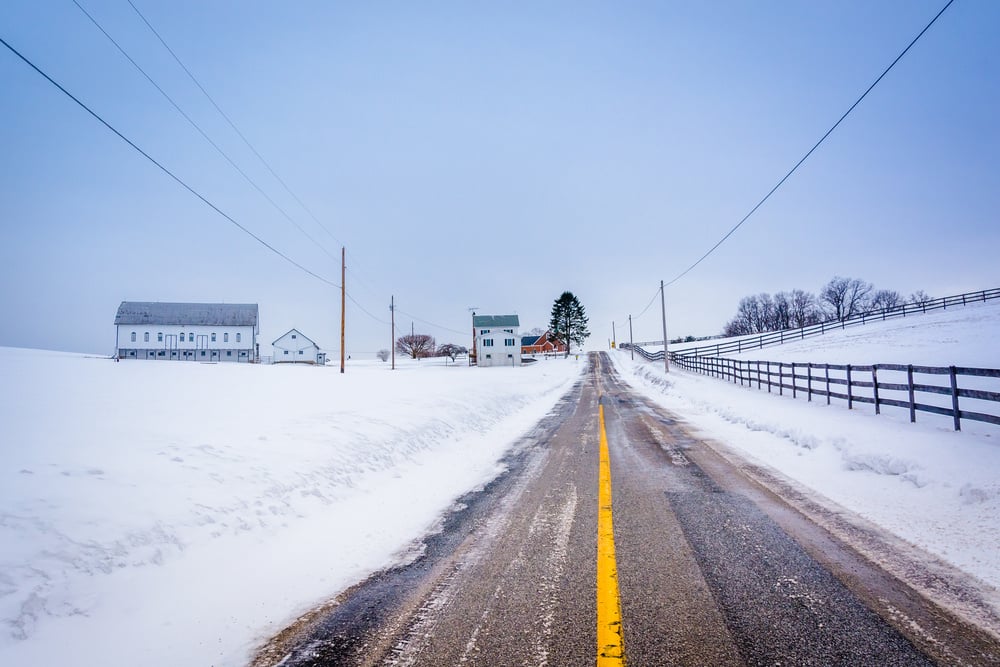
As we look at opportunities to impact climate change, out-of-the-box thinking may help us bridge the gap until fossil fuel plants are out of the picture. Those of you who enjoy the beach may have noticed the “Fudgie – Wudgie” guy (that is what we called him in the 20th century) selling ice cream on the beach out of shopping bags or pushing a cart. Rather than using ice that will not last the full day, he uses a solid form of carbon dioxide (CO2) known as dried ice. Did you know that CO2 also occurs in liquid form? Well, somewhat.
CO2 raised above its critical temperature and pressure, enters a supercritical state in which it exists as both a liquid and a gas. Not quite like, but similar to, Schrodinger’s Cat. In this form, the molecules are much denser than those in a standard state. This enables the CO2 to be fed into a turbine and turn a generator much more efficiently. Supercritical CO2 (sCO2) has proven to be able to generate electricity more efficiently than fossil plants and may do so with plants much smaller in size. However, this has previously been done only at small load levels.
Now, it is time to step it up. The U.S. Department of Energy (DOE) is awarding up to $80 million for a six-year project to design, build, and operate a 10-MW sCO2 pilot plant test facility in San Antonio, TX. The project will be managed by a team led by the Gas Technology Institute, Southwest Research Institute®, and General Electric Global Research. It is estimated that plant energy efficiency may be improved by up to 50% while the plant size may be reduced by 75% compared to traditional fossil plants.







